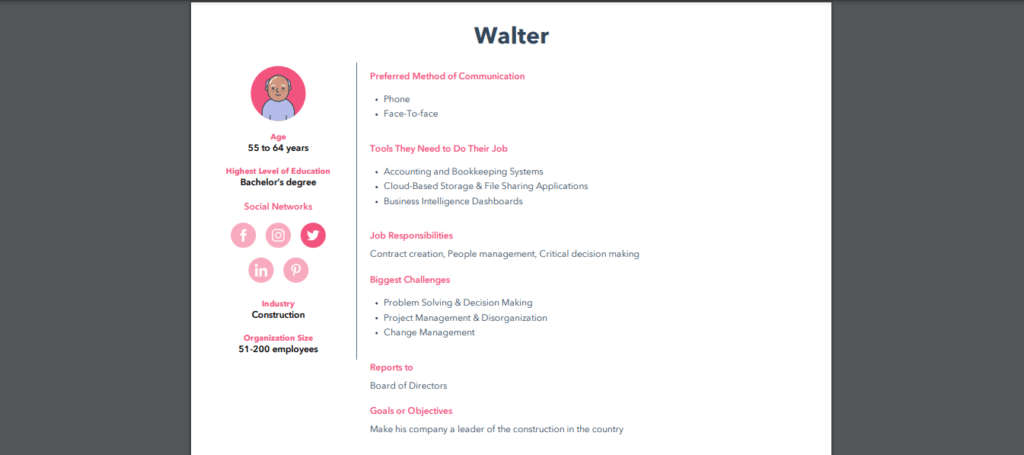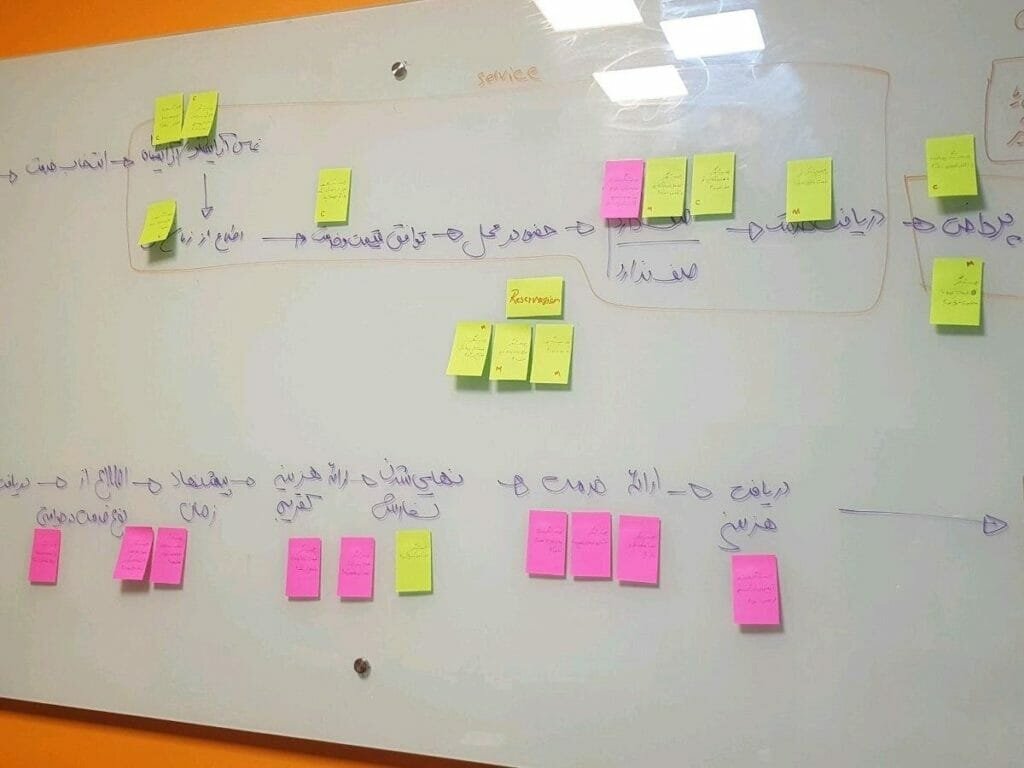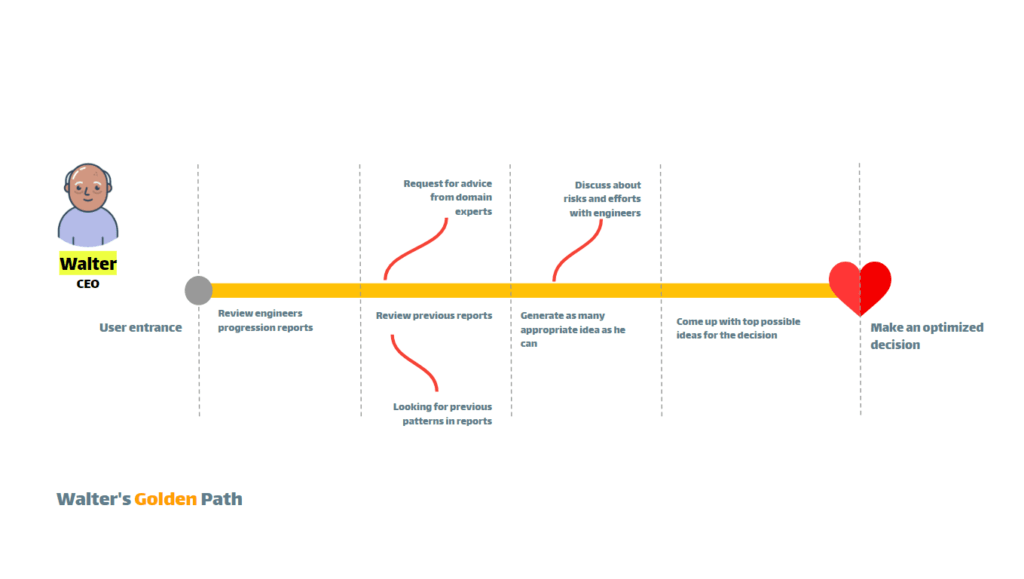There is a strong opinion among product people that believes customers don't buy the product, they buy a better experience where a product helps them do their jobs differently. What factors exist in some products that make them innovative and delightful to use?
Where innovation is located
Thomas Edison, an American inventor says, "There's a way to do it better—find it"
At first glance, this is just another motivational quote from a well-respected legend. However, if you put your product management hat on, you can discover that the way to make a better product lies in the requirements of users. If you want to develop an innovative and delightful digital product, consider experience-based requirements at the top of your list.
In the 1980s, a respected Japanese professor, Mr Noriaki Kano introduced a comprehensive model that shows the distinction between the "essential" and "differentiator" traits related to the customer satisfaction concept.
The Kano model displays three different kinds of attributes and requirements which need to be addressed when developing any kind of product. These are "dissatisfiers", "satisfiers", and "delighters".
Dissatisfiers are the requirements that customers expect to see the answer for in a product. When you have a solution for this type, customers are neutral—because it's expected—but when you don't have a suitable answer to certain requirements, customers become dissatisfied. In a music player application, changing tracks is a basic necessity and customers expect to see a solution for it.
Satisfiers result in satisfaction when fulfilled, and dissatisfaction when not fulfilled—requirements where almost all businesses compete for. Another example would be routing applications that show an estimated time of arrival (ETA), this feature is a "satisfier" to users.
Delighters are requirements that provide satisfaction when achieved fully but don't cause dissatisfaction if not fulfilled. These are requirements that users aren't expecting to see. When they see the solution, it creates a “wow” moment for the consumer. Sharing live location on Whatsapp is a good example of providing delighters for users.
Step-by-step to delighter requirements
Delighters are the key attributes of innovative successful products—they go beyond what users want and deliver an experience they never thought they would have.
Now that we know delighters play a crucial role in designing and developing an innovative product, it’s time to introduce a step-by-step approach that helps you elicit delighter requirements. Let's see the steps and explain them in detail:
Define product and context boundary
The first thing to do is to determine product and context boundaries. Product boundary is the concept that helps product people determine what’s going to be part of the product and what’s not.
This mainly relates to the features that will be included in the product—which many product people call “product scope”.
However, the context boundary also analyzes items that influence product performance and functionality. This helps you avoid developing anything that isn't fit for product purpose.
To determine the product and context boundaries, product people need to conduct interviews, run field observations, and review related documents. After doing these activities, all the attributes that need to be included directly in the product are considered within the product boundary, and those attributes, products, services, processes, and people that somehow have indirect relation with the product, are within the context boundary.
Create personas
After determining the product scope, you need to create a Persona. You need to know who you plan to provide an innovative experience for.
What are their demographics, challenges, pains, gains, objectives, and current experiences? Doing so will help product managers understand what jobs they are doing and where the gaps/opportunities are to improve their experience with a potential innovative product or feature.
For example, imagine you’re developing a web application for construction companies that helps CEOs make better decisions for their on-going projects. You need to design a Persona to represent those CEOs that explains their demographic and current experience. As you can see in the following picture, we choose Walter as the Persona.

He is the CEO of his company which works in construction. He has a Bachelor’s degree and is active on Twitter. Due to his traditional business mindset, his preferred methods of communication are phone calls and face-to-face meetings. His most important jobs to be done are contract creation, people management, and critical decision making. Besides this, you can see his challenges, goals and objectives, tools he can use, and who he reports to as other sections of the Persona. By using Persona, you can make a great move to design and develop an innovative digital product.
Read more about building effective user personas for a diverse audience.
Design an as-is journey map
Journey map is a technique that helps product people map their Persona's current experience. By using this technique, you need to determine three things:
- Put the Persona on the left side of the map
- Place his/her goal on the right side of the map
- List 5 to 15 important steps that the Persona takes to achieve his/her goal

Elicit delighter requirements
In this step, we need to focus on what will delight our users in the future. Product people must consider creative techniques to obtain delighter requirements. Using these techniques, product teams can discover the pains and gains related to delighters. They can also identify the patterns that appear after analyzing their users.
One of the most suitable creativity techniques to elicit delighters from possible sources is "Problem Framing" which is an amazing part of Design Thinking. This helps elicit delighters to group related items, obtain patterns, and frame the right delighters to solve in the product.
Problem Framing is a design thinking method used to understand, define, and prioritize complex business problems. No matter what strategy you build, or what your outcomes are, it will help you and your team make better decisions, faster. It's helpful when a problem isn't clearly defined which is typical when you want to elicit delighters. It helps you make sure about the scope of the problem and the requirements that you have to work on. It also provides an approach and tools to systematically elicit delighters with related stakeholders.
Imagine you're going to run a problem framing technique to elicit delightful requirements for our Persona, Walter. You need to deliver a clear and actionable problem statement in order to make sure of your problem framing quality level. Let’s answer these questions for Walter and come up with a clear and actionable problem statement:
Who is having the problem? Walter, CEO of the construction company.
What is the problem? Walter needs to make critical decisions during the ongoing project based on the impact of their risks and the effort to solve them.
When is it happening? Daily, when he hearing the progression report from the engineers.
Why is it important to solve? Because the level of inflation is so high in his country, he needs to make optimized decisions to avoid waste in the budget.
Ideate different experiences
After eliciting and framing the right delighter requirements, it’s time to ideate many features to provide a surprising experience for your end-users.
There are many ideation techniques that you can introduce in Design Thinking, Design Sprint, and other creativity frameworks. Some of the suggestions can be Crazy 8's, 10 for 10, method 6-3-5, and Storyboarding.
Design the golden path
Every product has a variety of to-be journey maps through it. The Golden Path, or the Key User Journey, is the key set of steps that a user takes to find a product’s real value and experience. This path should be the ideal default and not focus on exceptions or errors—it should be easy and effortless. You can see an example of a user golden path in the e-store web application in the following picture.

You may come across additional alternate path scenarios that are all valid optional outcomes. Prioritize the central flow of the product, not the secondary flows. The secondary experiences can be called "supporting or red threads". The naming of this concept can vary in different methodologies, but the central idea is the same: knowing your product’s ideal path to provide the best experience for the user.
Closely observe
Developing an innovative delightful product needs close observation. Focus on what's important and what isn't, focus on users' jobs, not features, focus on problems that you want to solve and not assumptions.
Using these steps can help you elicit and reframe problem patterns that play a crucial role to design an innovative delightful experience for your end-users within your product. These can go beyond your assumptions and focus on evidence that refers to your delighter requirements.
Discover more content focusing on the Product Development Process or use our Content A-Z to find even more product management content.







